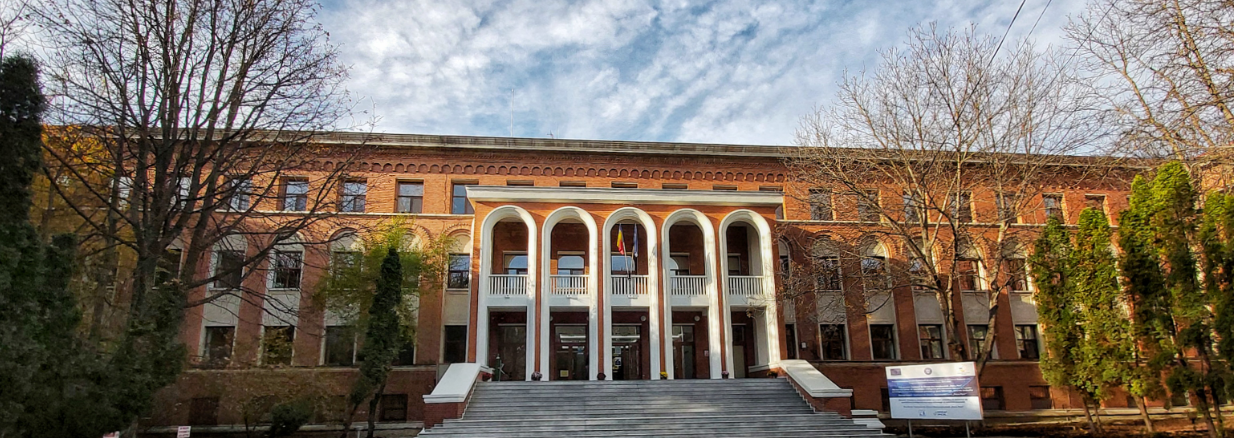- Mimicking Living Matter Mechanisms by Five-dimensional Chemistry
The obtained results showed that selenazoles are effective as inhibitors, which makes this class of AC inhibitors attractive as the top compounds for designing antibacterial with a new mechanism of action, which could counteract the intense problem of resistance to antibiotics found in most commonly used medicines.
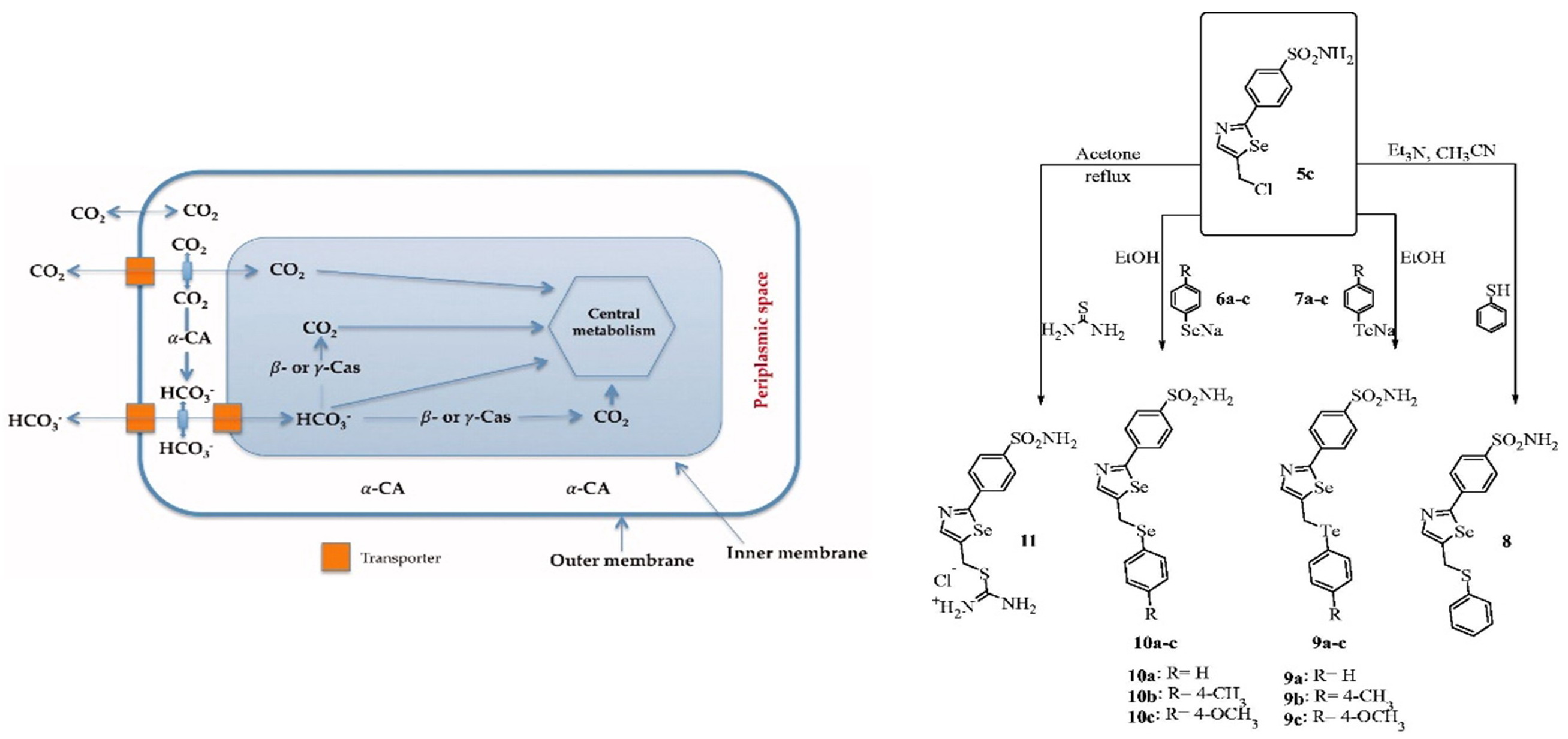
- Constitutional Systems for DNA Transfection and Drug Delivery
Dynamic Constitutional Framework (DCF) is a rapid screening method for obtaining a large library of compounds with desired properties, such as non-viral nanometric vectors capable of storing DNA and transporting it to the desired cells. Therefore, "libraries" of non-viral vectors were obtained by reversible covalent bonds, using a core (benzene-tricarboxialdehyde, squalene, fullerene, siloxane, polyrotaxanes and β-cyclodextrin) modified with PEG and branched PEI in order to achieve DCFs for DNA packing and cell recognition. The components and their ratio in DCFs have been optimized to create the most efficient non-viral vectors.
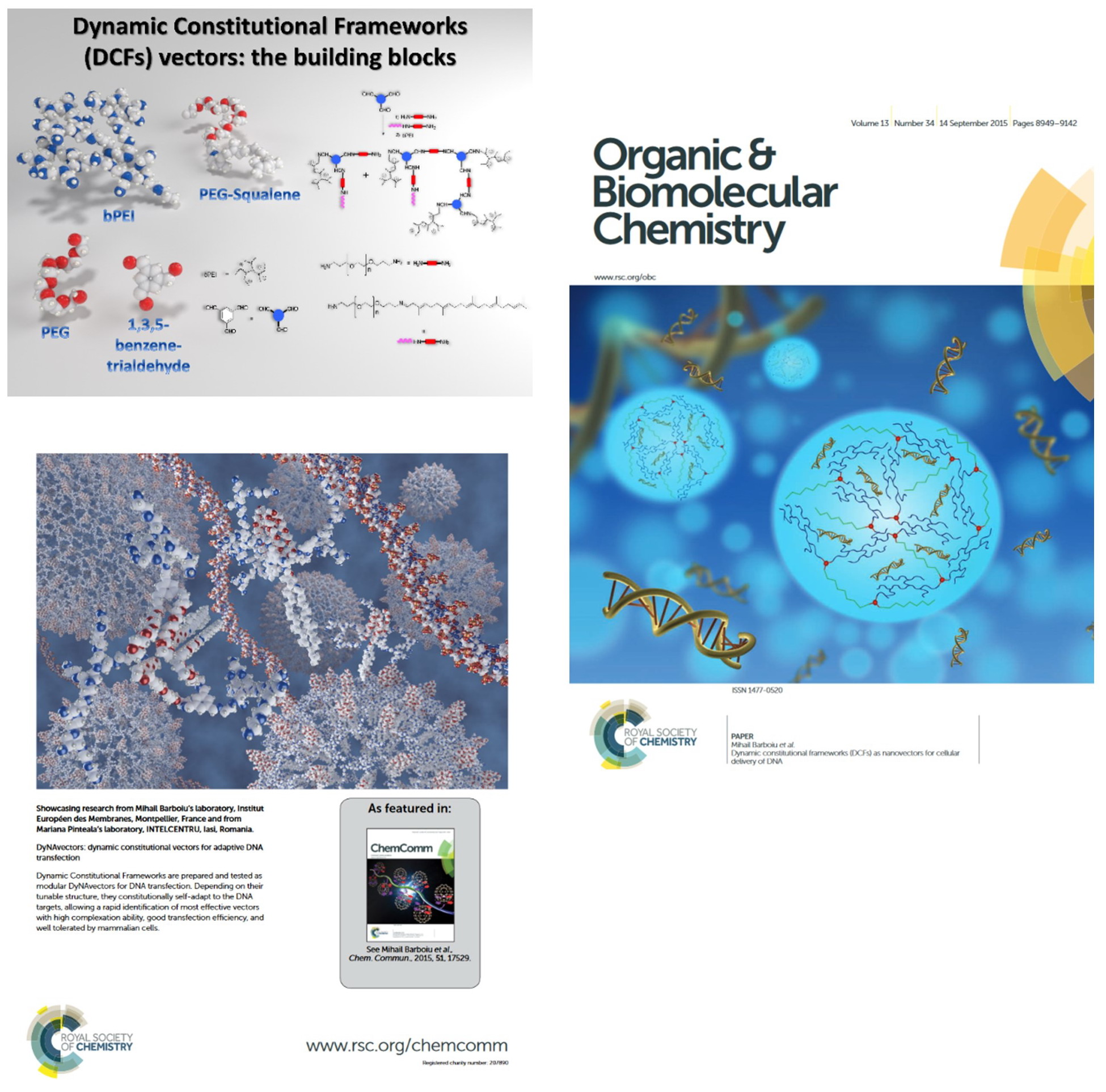
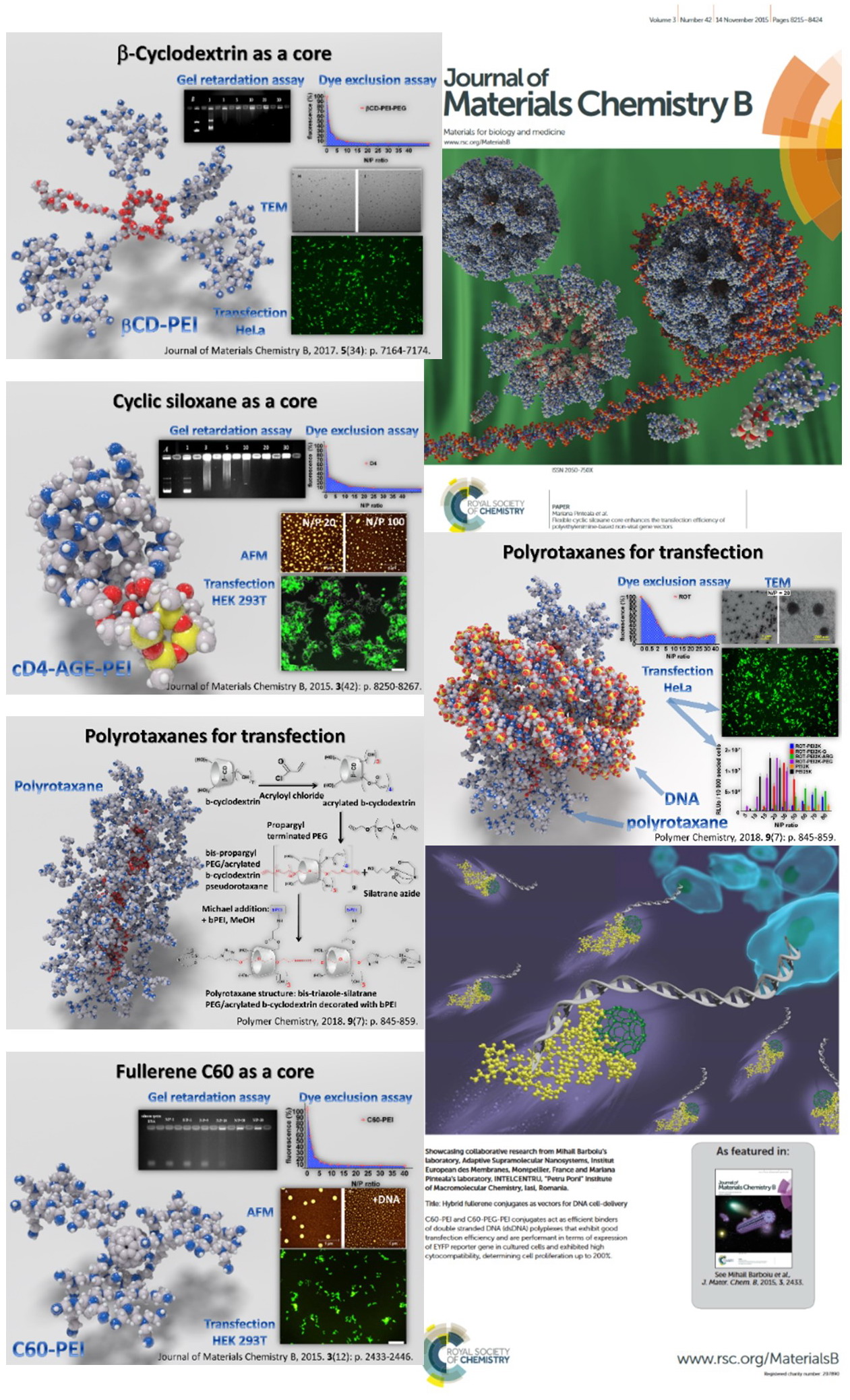
- Dynameric Networks and Gels for Delivery, Cell Recognition and Cell Growth
Functional G-quartet hydrogels were obtained based on natural guanosine and benzene-1,4-diboronic acid and Mg2+, which support cell growth without any visible signs of gel degradation.
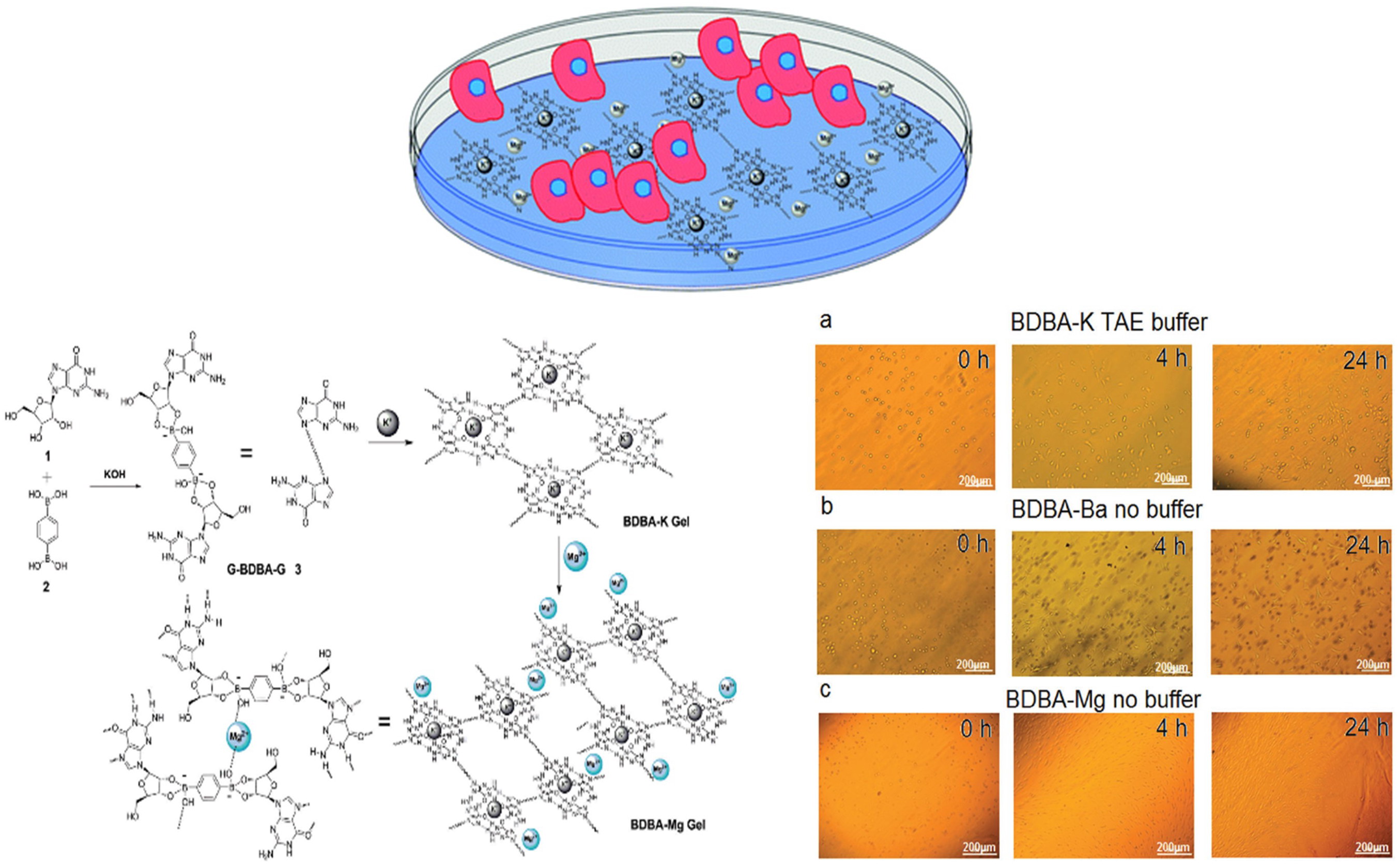
- Modelling and Theoretical Chemistry of Constitutional Systems
In silico chemical modelling of constitutional systems was performed in order to evaluate the conformational changes of dsDNA during its complexation/compaction with different non-viral vectors.
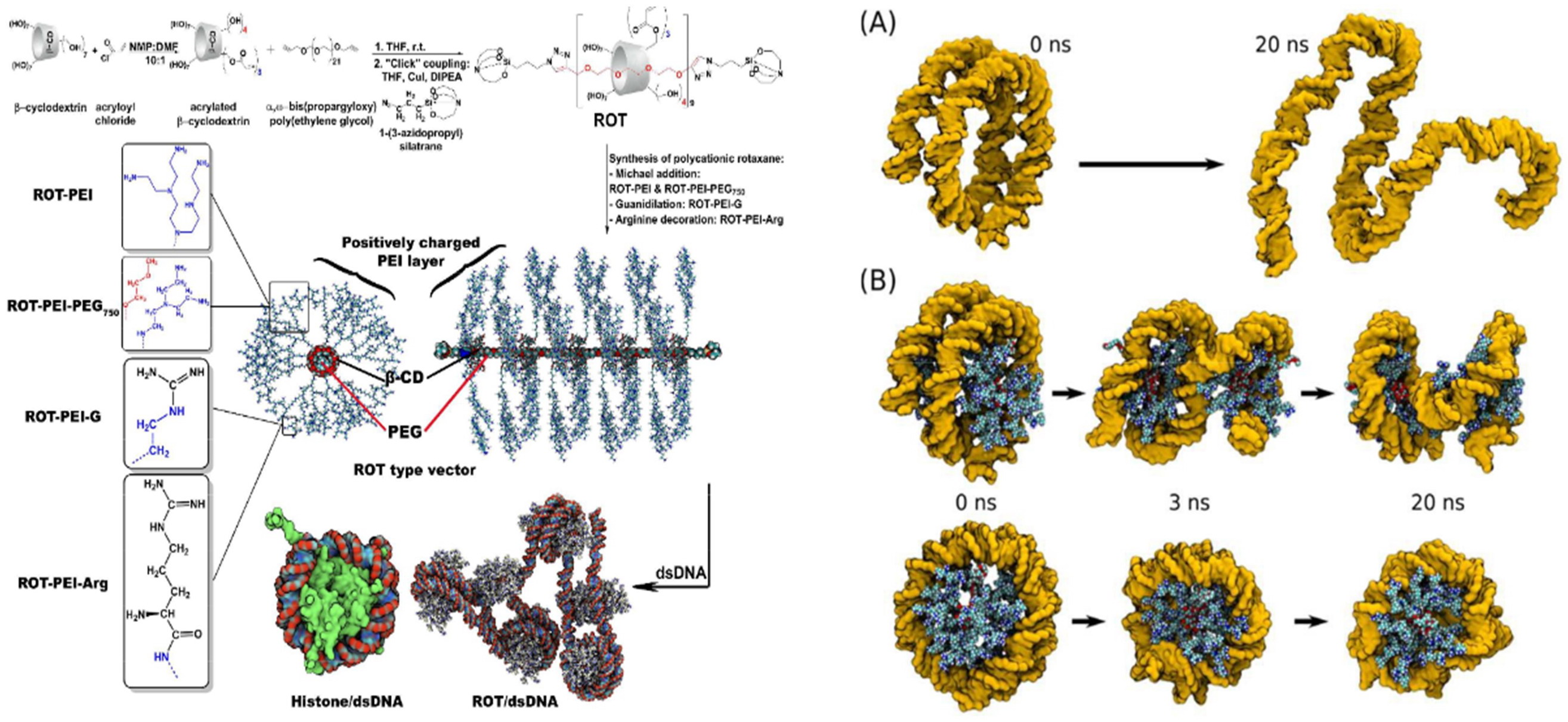
The development and optimization of an electrochemical process for the synthesis of bimetallic silver-gold nanoparticles were performed with respect to their efficiency for the oxidation of dopamine. Electrochemical methods confer the ability to control the formation of nanoparticles at the very early stage of growth, which is essential for tailoring their properties such as size, composition, and redox activity, reflected than in the electrocatalytic effect toward dopamine neurotransmitter oxidation. Considering the physiological and pathological implications of dopamine, the development of a sensor for accurate and selective determination of this neurotransmitter at low levels characteristic for the living system can bring a great contribution to disease diagnosis.
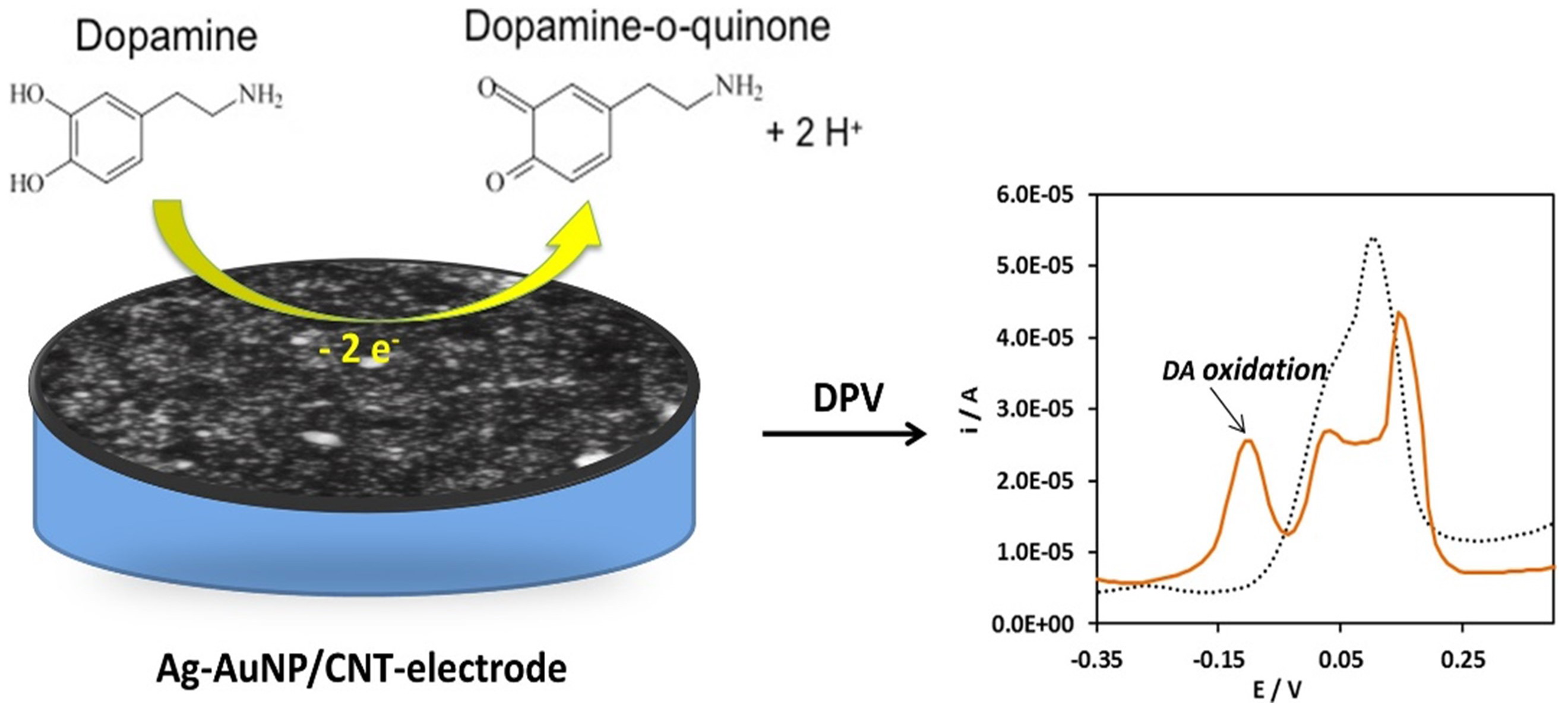
|


